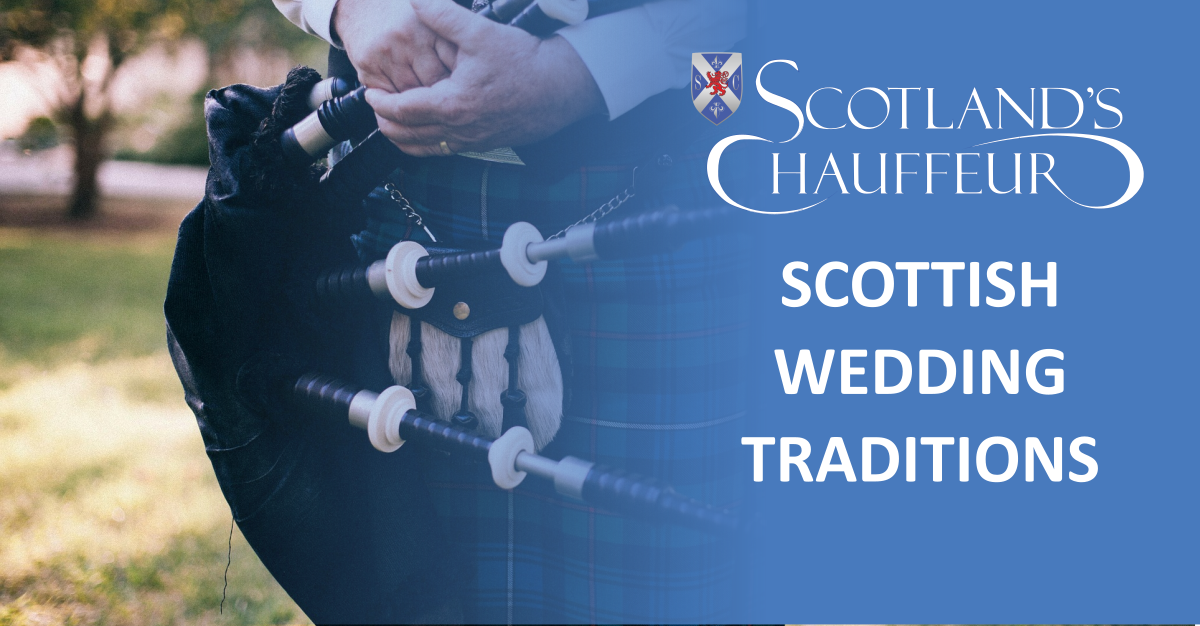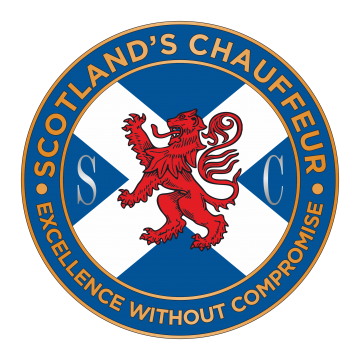Although Scottish wedding traditions have evolved over time, some of them have stayed the same and people still practice them today. Check out some of the most amazing traditions that are unique to Scottish weddings in the list below.
Scottish Wedding Traditions To Bring Luck To Your Wedding
The Scottish Quaich

The Scottish quaich is also known as “loving cup”. It’s a tradition that is present in many Scottish weddings. This tradition involves a silver bowl with two handles and it’s given to the bride. When the legal proceedings are over, the bride passes the bowl around the entire wedding party for everyone to sip a drink from the cup.
The Lang Reel
The Lang Reel is a dance which originates from north-east Scotland. This tradition involves all the guests at the wedding. They all dance to the music and quit one by one until it’s only the bride and groom left dancing.
The Speerin
The Speerin is a tradition in Scotland. To uphold this tradition, the groom has to do various tasks. These tasks and trials should impress their father-in-law and gain his approval.
Lucky Charms
One of the more famous Scottish wedding traditions is to do a few things as lucky charms. For example, entering the wedding venue with the right foot is one thing they would do as a lucky charm. Another thing that is a lucky charm is adding a sprig of white heather into the bouquet of the bride.
The Wedding Sark
The wedding sark is actually just a shirt that the bride buys for the groom before the wedding day. The groom on the other hand, has to repay the favour by buying the wedding dress for the bride.
A Sixpence In The Bride’s Shoe
A sixpence is given to the bride so she can pop it in their shoes on their wedding day. Many believe that this tradition comes from an earlier one. In the earlier tradition the groom would put a silver coin under their left foot. It symbolizes financial stability and prosperity.
Including Thistles In The Wedding Flowers

This is a tradition that dates back to the 1200s and is still done till this day. The thistles in the wedding flowers represent durability and devotion. It’s a perfect tradition to implement as part of your Scottish wedding traditions.
Lucky White Heather
This is a good luck tradition for Scottish weddings. It is believed that good luck follows wherever you find white heather. The tradition comes from a folklore love story. Scottish brides add a small broach of white heather in their bridal flowers for good luck. They could also add it under their traditional Scottish wedding dress for good luck.
Handfasting
Handfasting is a very old tradition in Scottish weddings. This tradition consists of using a tartan ribbon to tie the hands of the bride and groom together. This ritual is to demonstrate the act of physically coming together. The handfasting tradition is often accompanied by a Scottish wedding blessing.
Tying The Knot

Tying the knot is a very common term today. Many people link this term to getting married. It actually came from Scotland. When people from different clans were getting married long ago. They used some of their clan’s cloth to tie them together into a knot.
The Bride To The Left
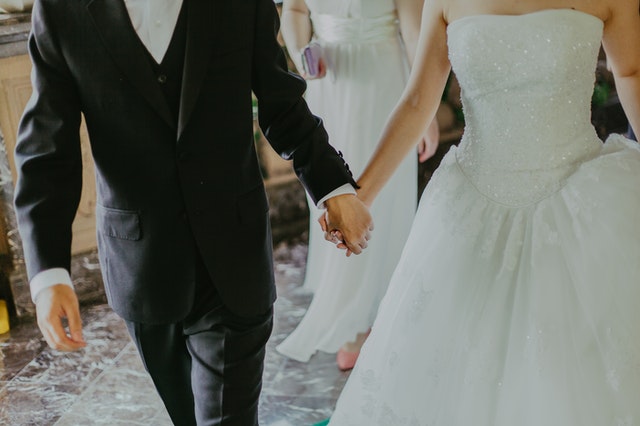
This Scottish wedding tradition is actually quite old as well. It is from a time where warriors would bring back their brides as a prize. The groom would take his bride with his left hand. He would still have his right hand to fight off the family of the bride or others who would protest.
A Scottish Piper
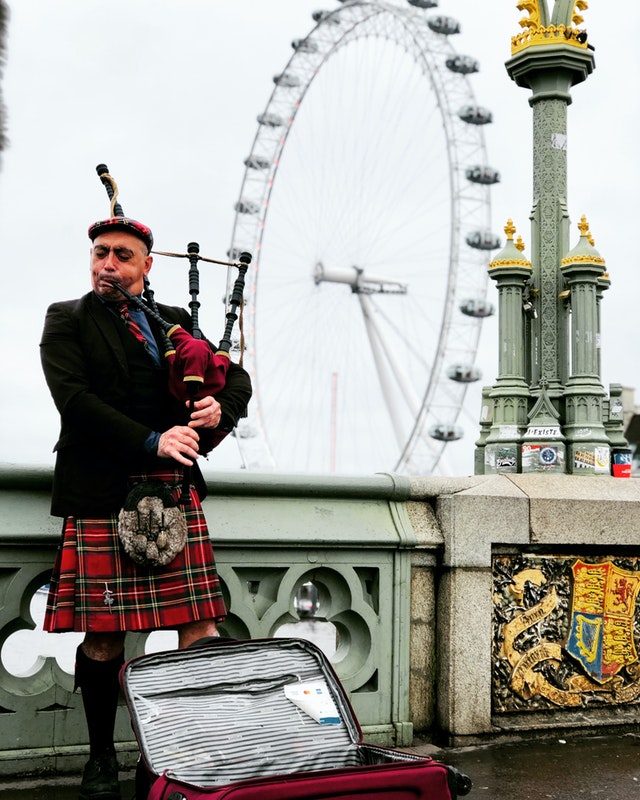
Scottish weddings are almost always accompanied by pipers. It’s usually done during the proceedings, it gives a great traditional vibe to it. It’s very patriotic and has been known to bring a tear to many an eye!
Auld Lang Syne
This is a traditional Scottish song and people still sing it on every big day throughout the year. People sing it near the end of weddings, birthdays and New Year. Everyone knows the words to this song and it’s a great way to end a party.
Kilts
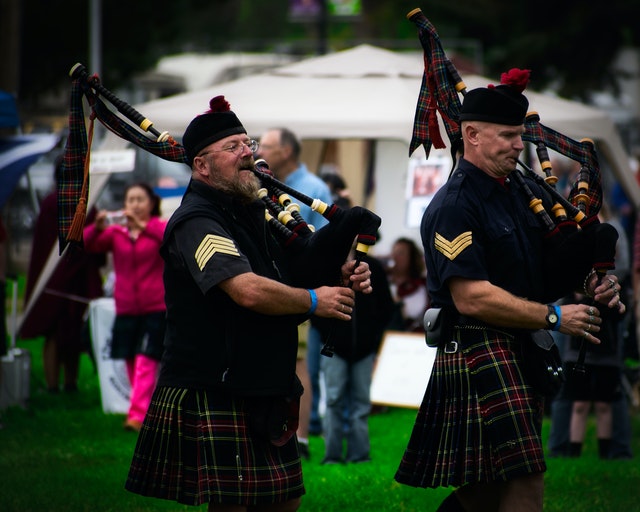
One of the most famous Scottish wedding traditions is wearing kilts. Grooms would wear kilts with their family colors in a tartan. It’s a very old tradition and a very popular one among Scottish people.
The Wedding Scramble
The wedding scramble is one of the more beloved traditions in Scotland. The father of the bride throws money coins on the street from the wedding car while they drive to the ceremony. This results in many children running after the car. They would collect the money so they can get something for themselves later on.
Bride Feet Washing

Another very old Scottish wedding tradition. The bride would have her feet washed by an older married woman before the wedding day. Even though it’s old, some people still practice it to this day because they believe it brings luck.
Paying-The-Piper
When the bride and groom are off to their dinner, paying the piper takes place. The piper is playing the bagpipes and follows the bride and groom up to their table. People believe that the sound of bagpipes chases evil spirits away. Payment is done by supplying the piper with a “wee” dram of whisky.
The Unity Candle
The unity candle is a symbol of two clans joining together. The candle in the center symbolizes the forming of a family. The candles on the side represent the two families that are coming together.
The Wedding Walk
This walk is a formal march for the entire wedding party to the church. At the start of the wedding walk, the bride should exit her house with the right foot forward for good luck. If there was a funeral on the way to the church the procession would go back to the beginning. Once the ceremony reaches the church and the ceremony is over, the bride and groom lead the wedding walk to the reception.
The Wedding Rings

The rings date back to the Roman empire. The Romans believed that the fourth finger on our left hand is linked to the vein of love. The Scottish tradition of wedding rings states that the bride should have two rings. One for wearing every day and another more expensive ring for wearing on dress events.
Pinning The Tartan
Pinning the tartan is done after the entire ceremony is done and the bride and groom are husband and wife. This tradition is a symbol of accepting each other into the families. A crest is placed on the tartan of the spouse. This gesture symbolizes acceptance.
Presentation Of The Sword
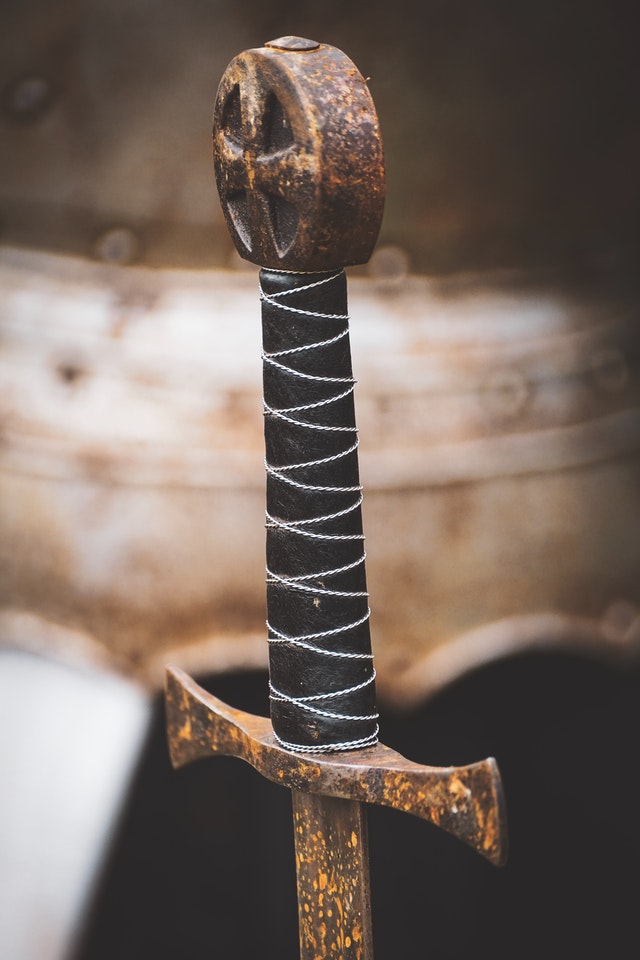
A tradition that was popular long ago but some still do it today. The sword of the groom’s family is presented to the bride. After they have a son, the sword is given to him. It’s a ritual to symbolize acceptance into the family.
Ringing Of The Bells
Ringing of the bells at the end of the ceremony is a way to declare the marriage. It’s a tradition that people did for a long time in the past and some people still do it today. Sometimes couples would get small bells for the guests to ring. They should ring the bells when they are walking down the aisle when the ceremony is over.
The Scottish Wedding Reception
One of the more important parts of the wedding reception are the Scottish wedding cakes. The cake is usually made of two tiers. The most common type of cake is a fruit cake with brandy flavor. The tradition states that the guests should eat only the bottom layer of the cake during the wedding. The top tier should be saved for their first born.


